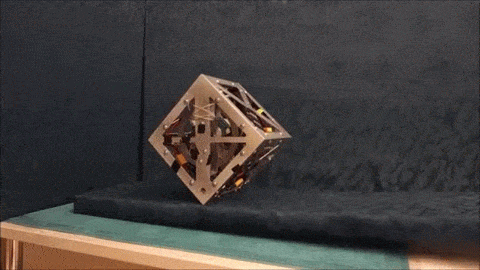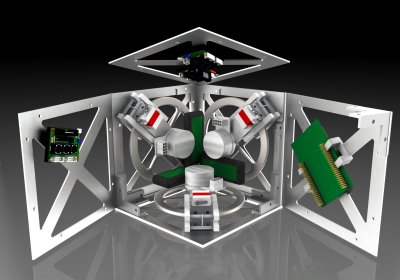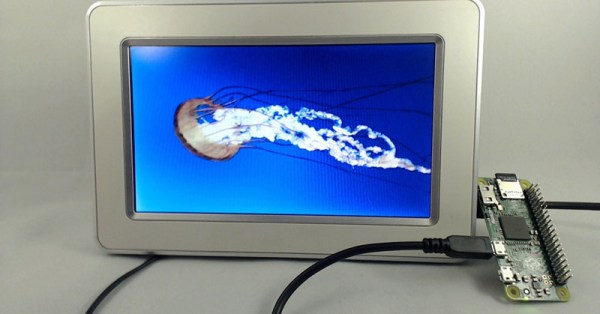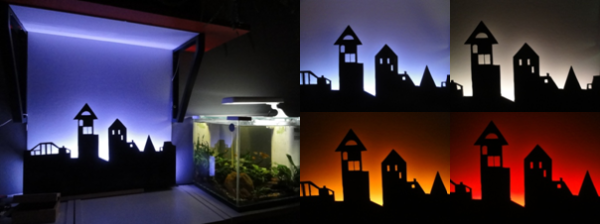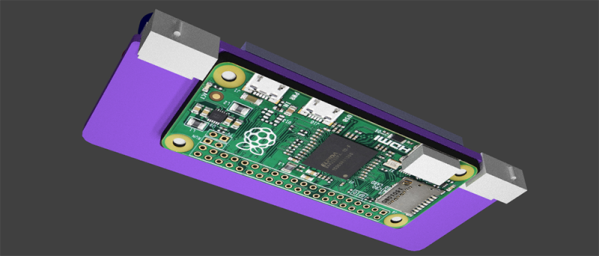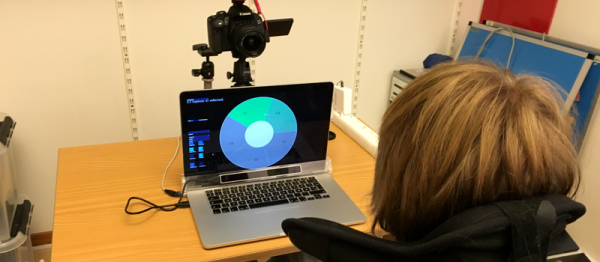Many successful large-scale projects don’t start out large: they start with a small working core and grow out from there. Building a completely open-source personal computer is not a weekend project. This is as much a retelling of events as it is background information leading up to a request for help. You’ll discover that quite a lot of hard work has already been put forth towards the creation of a completely open personal computer.
When I noticed the Kestrel Computer Project had been submitted via the Hackaday tips line I quickly tracked down and contacted [Samuel] and asked a swarm of questions with the excitement of a giddy schoolgirl. Throughout our email conversation I discovered that [Samuel] had largely kept the project under the radar because he enjoyed working on it in his down time as a hobby. Now that the project is approaching the need for hardware design, I posed a question to [Samuel]: “Do you want me to write a short article summarizing years of your work on Kestrel Project?” But before he could reply to that question I followed it up with another: “Better yet [Samuel], how about we tell a more thorough history of the Kestrel Project and ask the Hackaday community for some help bringing the project home!?”
Continue reading “Kestrel Computer Project”


